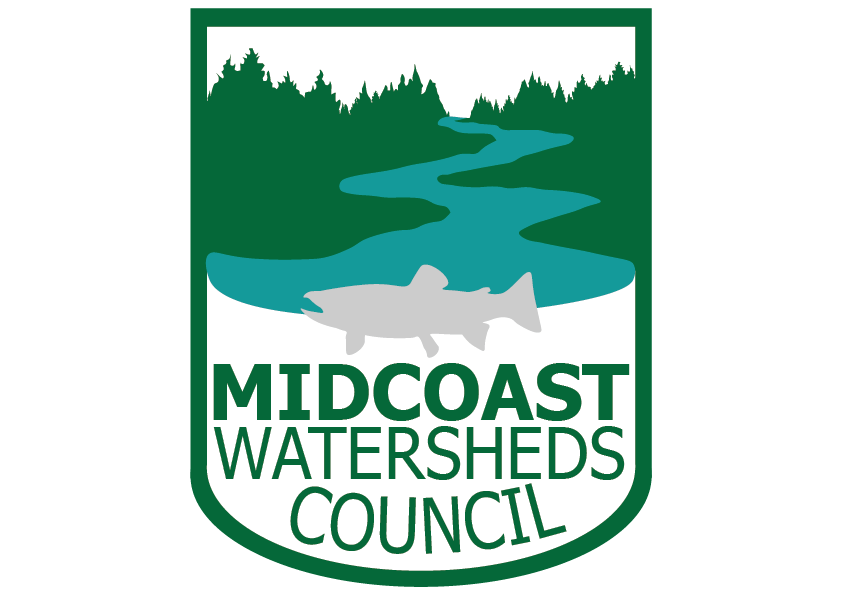Beavers are the key to healthy watersheds. But living with them can be a challenge.
Beaver activities connect floodplains to their stream channels, create new channels, contribute to groundwater recharge, deposit gravel, and allow cool water upwelling to occur. In turn, rearing habitat for coho and other salmonids is provided.
These benefits have been recognized in both state and federal recovery plans for Oregon Coast Coho. ODFW’s coho conservation plan notes: “Increasing the number of beaver dams in areas where dams are limited that create high quality rearing habitat will create stream complexity and increase the coho smolt capacity of populations and the ESU [ecologically significant unit], which will help the populations and ESU build towards desired status.”
The MidCoast Watersheds Council encourages beaver activity in locations where their dams and ponds can greatly improve stream function and health. Restoration projects include the planting willows, cottonwoods, and other preferred beaver food species where property owners are willing to invite beavers back onto their land.
Beaver trapping on public lands is not the answer
Unfortunately, a long history of systematic removal of beaver from the landscape still has impacts ecologically and in current regulations. In Oregon, beavers on public land are managed by ODFW as furbearers and a license is required to trap them. An unknown but presumably much larger number of beaver are also taken on private lands under Oregon Department of Agriculture’s predator control statute. Consequently, hunting, trapping, and poisoning are all allowed as a “damage control” mechanism, with no records kept.
In early December of 2019, the MidCoast Watersheds Council Board sent a letter to the Oregon Fish and Wildlife Commission prior to their regular meeting to restrict beaver trapping within the Siuslaw National Forest boundary, recognizing that beaver activity can much more efficiently restore degraded watersheds that include public lands than organizations and agencies that take years to plan, fund, permit, and implement restoration projects. Similarly, professionals from NOAA, USFS, independent consulting groups, and other Watershed Councils took action. In early 2021 the conversation was rekindled with the proposed state-wide legislation to end beaver trapping and hunting on all federally managed land throughout Oregon (HB2843). We invited Dr. Robert Beschta to give a brief presentation to the MCWC board and other attendees to share why he supports the bill and, to that effect, drafted a letter to the Oregon Fish and Wildlife Commission, which approximately 40 other leading scientists and researches in related fields singed onto as well.
Below is a compilation of these documents, as well as testimony from the Commission meeting:
Dr. Robert Beschta Presentation
Excerpts from OC coho recovery plan related to beaver
Siuslaw National Forest letter
Want to learn more?
Below are two presentations with more information on the challenges and opportunities that exist when working with beavers. Be sure to also check out the following link for related videos: http://habitat.psmfc.org/living-with-beaver/



